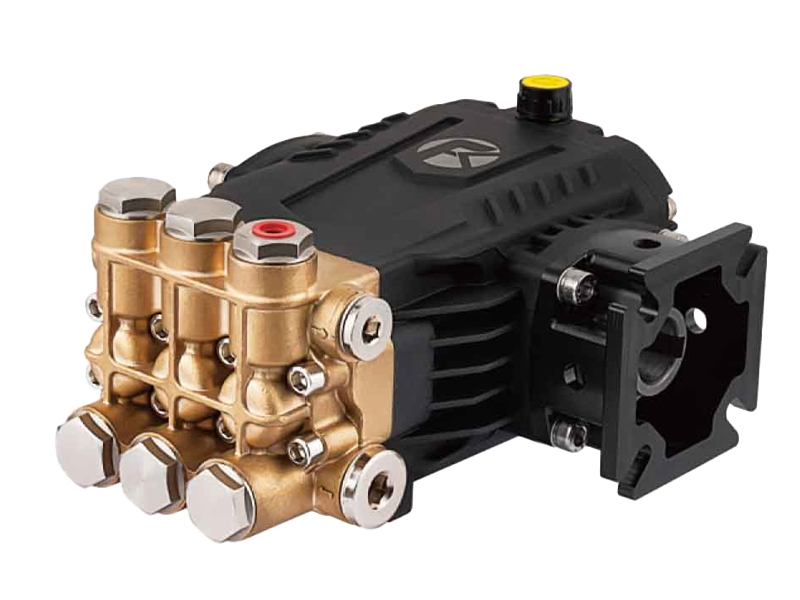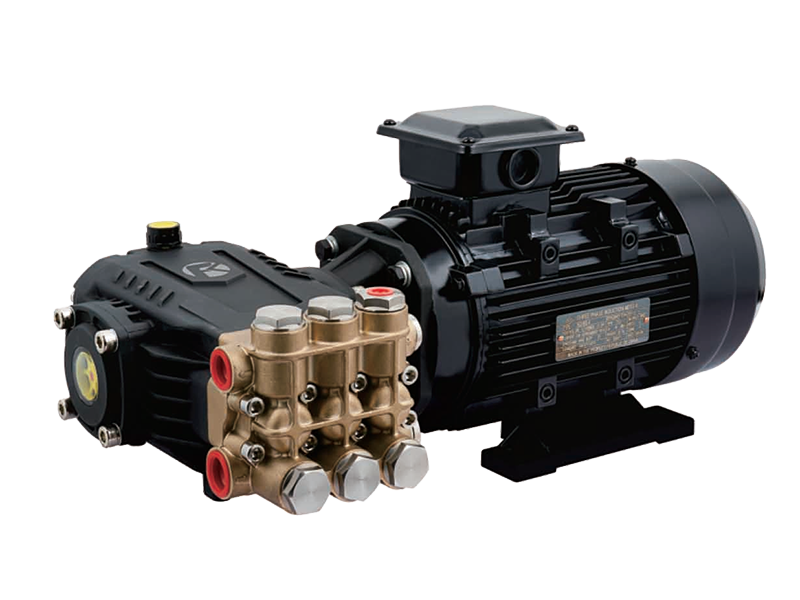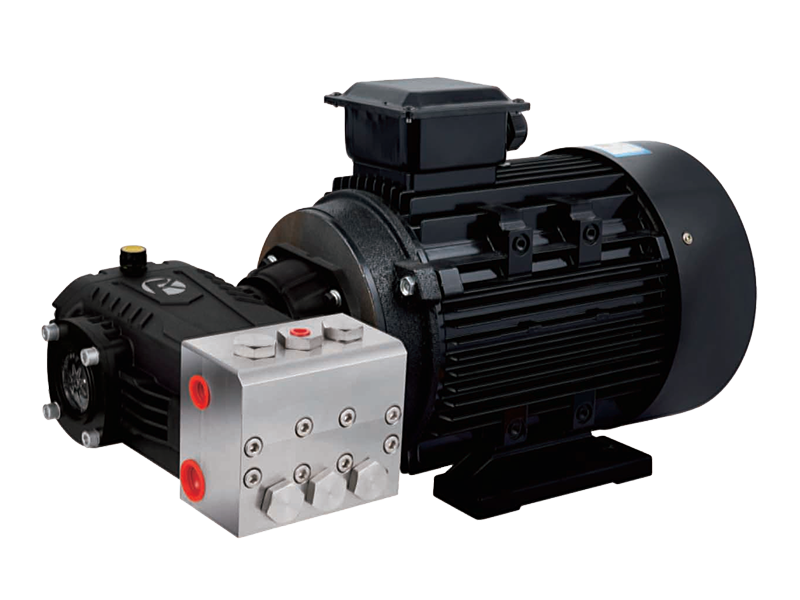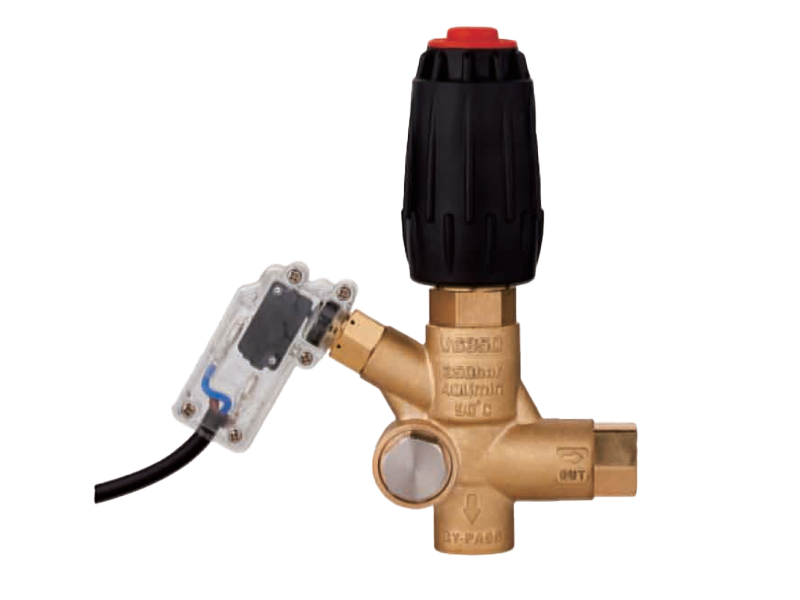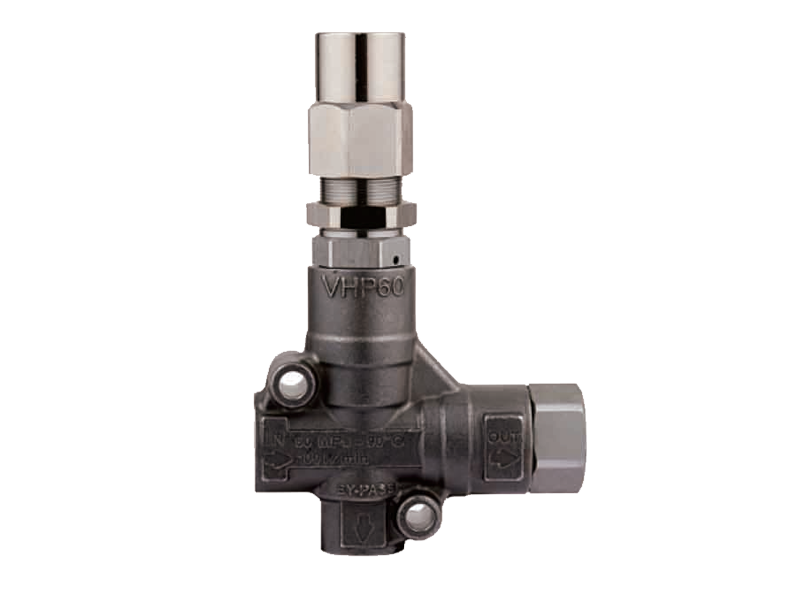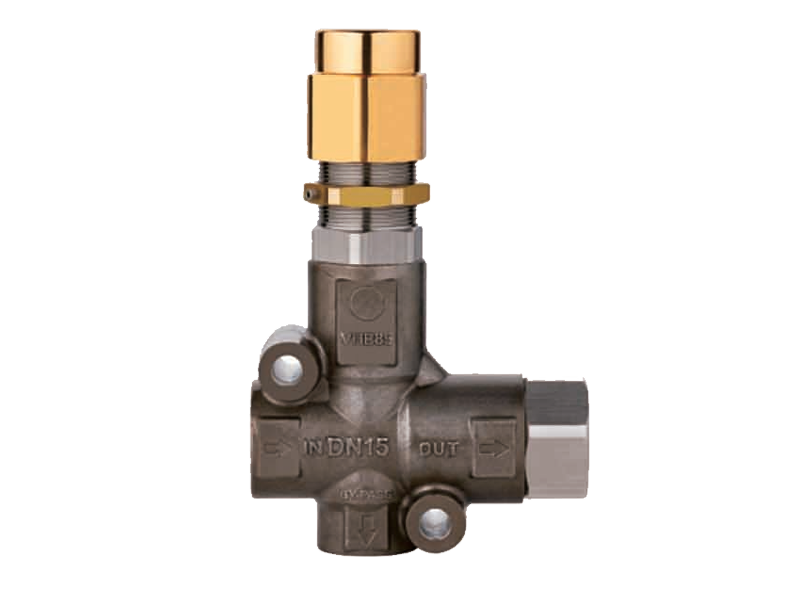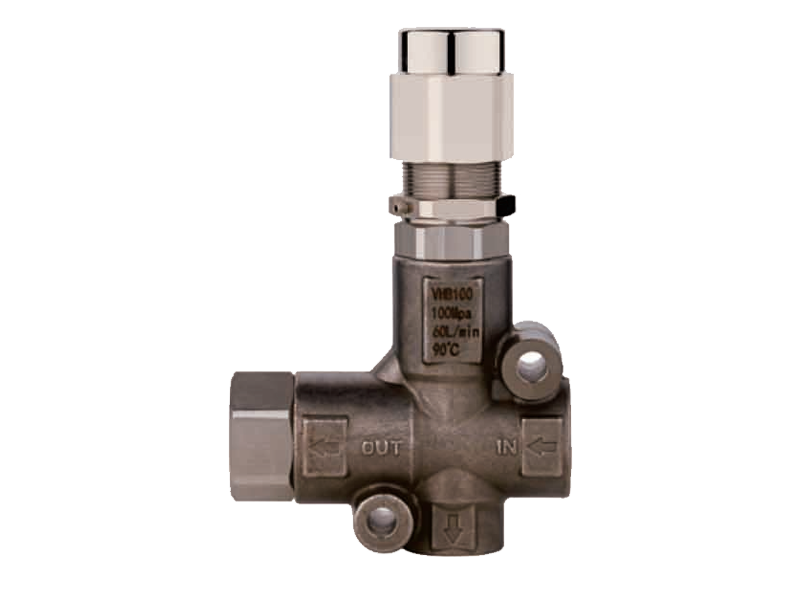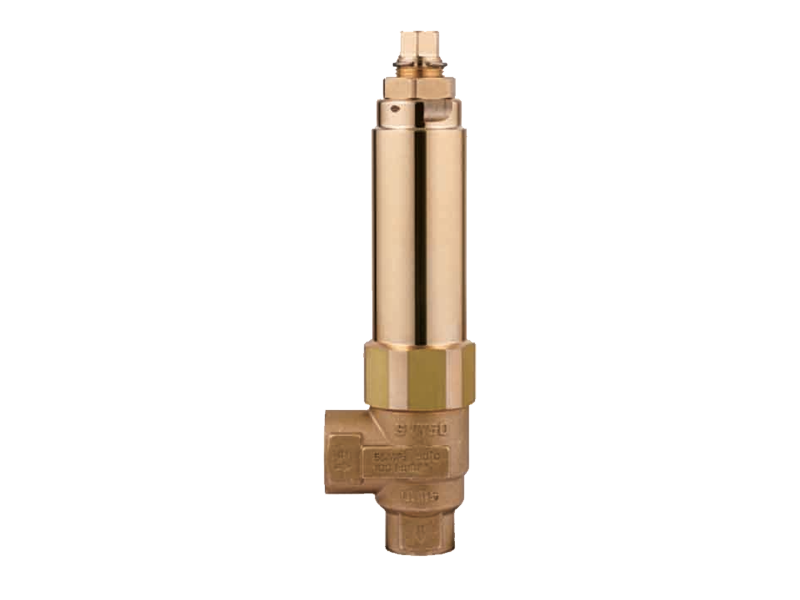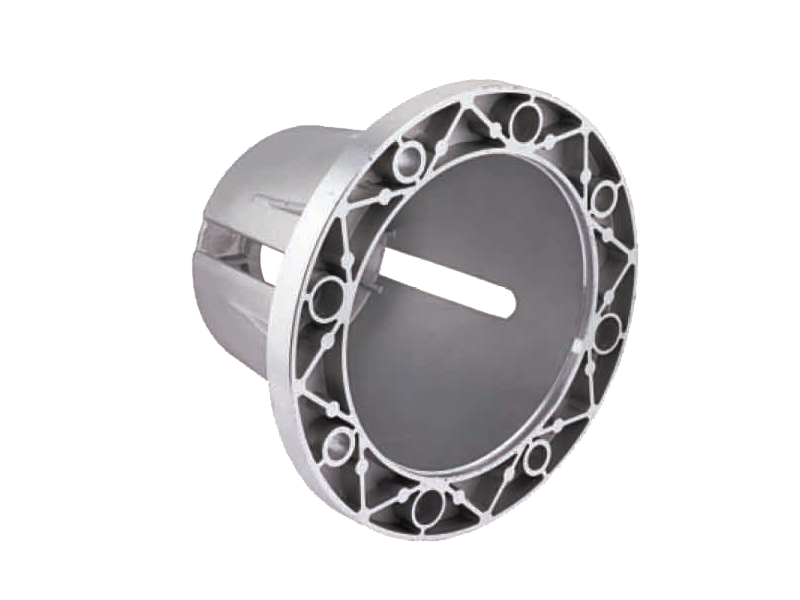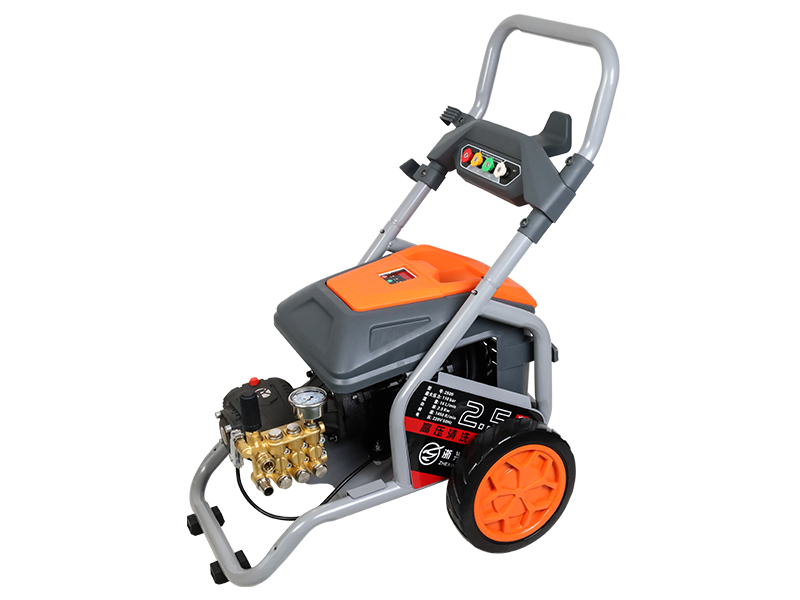The Dual Power of Piston Pump and Plunger Pump in Industrial Use
Piston pumps and plunger pumps are both positive displacement pumps, meaning they move fluids by trapping a fixed amount and then forcing (displacing) that trapped volume into the discharge pipe. However, their design and operational characteristics set them apart, making each ideal for specific applications.
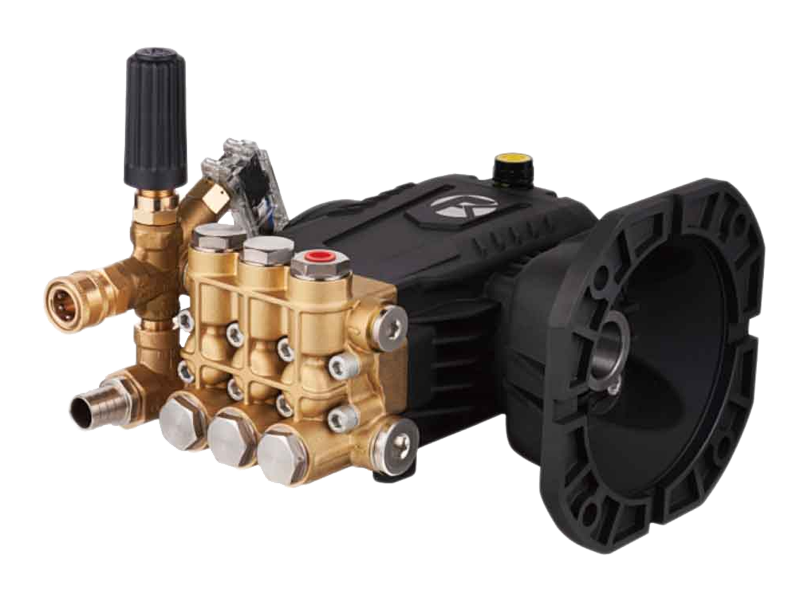
Piston Pumps: The Workhorses of Industry
Piston pumps are renowned for their robustness and ability to handle high-pressure applications with ease. These pumps use a reciprocating piston to move fluid through the system. The piston moves back and forth within a cylinder, creating a vacuum that draws fluid in and then compresses it to force it out. This simple yet effective mechanism allows piston pumps to achieve extremely high pressures, often exceeding 10,000 psi, making them great for applications such as hydraulic presses, water jet cutting, and high-pressure cleaning.
One of the key advantages of piston pumps is their ability to maintain consistent flow rates, even under varying pressure conditions. This consistency is critical in processes where precise fluid delivery is required, such as in the automotive manufacturing industry, where hydraulic presses powered by piston pumps are used to shape metal components. The reliability and durability of piston pumps also make them a cost-effective choice for long-term industrial use.
Plunger Pumps: Precision and High Pressure
Plunger pumps, on the other hand, are designed with a focus on precision and extremely high-pressure capabilities. Like piston pumps, plunger pumps use a reciprocating motion to move fluid. However, they differ in the way the plunger interacts with the fluid. The plunger in a plunger pump is typically larger in diameter and moves within a closely fitted cylinder, allowing for higher pressures and more precise control over fluid flow.
Plunger pumps are particularly well-suited for applications that require high pressure and accuracy, such as in the oil and gas industry, where they are used for fracturing operations. These pumps can generate pressures up to 60,000 psi, making them capable of handling demanding tasks. Their precision also makes them ideal for chemical injection processes, where exact dosages of fluids are necessary.
Synergistic Applications
While piston pumps and plunger pumps each have their unique strengths, they can also be used in combination to achieve even greater results. In many industrial processes, a piston pump might be used for initial fluid transfer, while a plunger pump takes over for the final high-pressure stage. This dual approach leverages the robustness of the piston pump with the precision and high-pressure capabilities of the plunger pump, creating a highly efficient and reliable system.
For example, in the manufacturing of high-performance ceramics, a piston pump can be used to transfer raw materials into a mixing chamber, while a plunger pump ensures the precise injection of additives at high pressure. This combination ensures both efficiency and accuracy, cause outstanding product quality.
Maintenance and Longevity
Both piston pumps and plunger pumps are designed for long-term use, but they require regular maintenance to ensure good performance. The moving parts in these pumps, such as pistons, plungers, and valves, need to be inspected and replaced periodically to prevent wear and tear. Modern designs often incorporate advanced materials and coatings to enhance durability and reduce maintenance requirements.
Manufacturers are also investing in smart technologies to monitor the performance of these pumps in real-time. Sensors can detect anomalies in pressure, flow rate, or temperature, allowing for proactive maintenance and reducing the risk of unexpected downtime.
Future Innovations
As industries continue to evolve, the demand for more efficient and reliable fluid transfer systems will only increase. Both piston pumps and plunger pumps are poised to benefit from ongoing technological advancements. For example, the integration of variable frequency drives (VFDs) allows for more precise control over pump speed and pressure, further enhancing their versatility.


 English
English Español
Español русский
русский